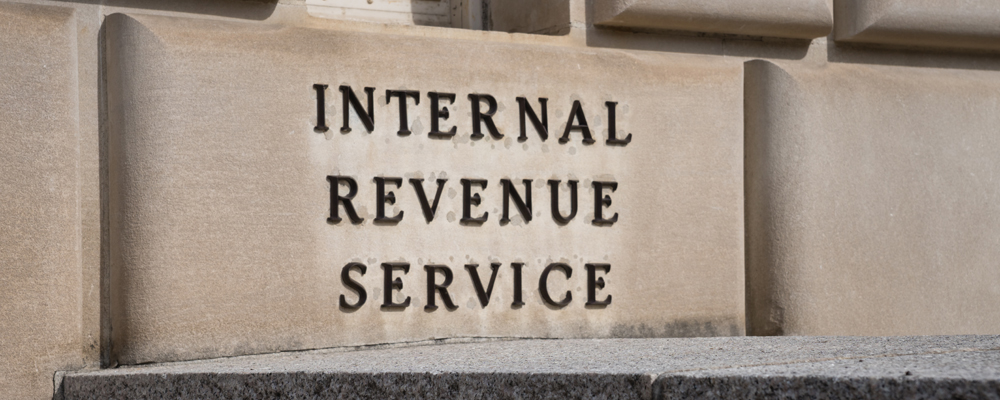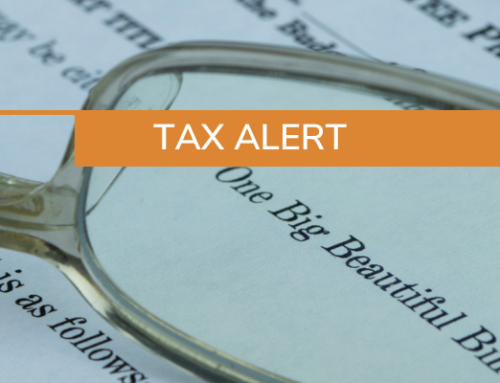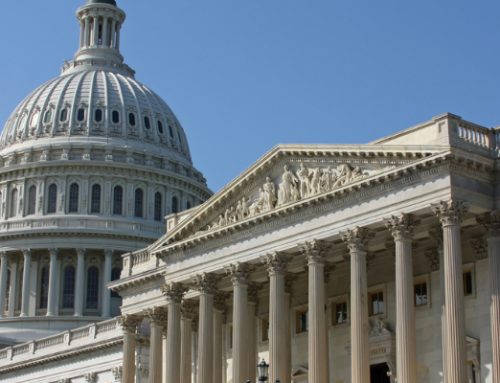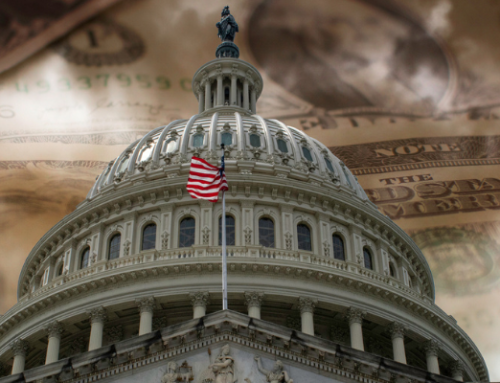The IRS recently launched a $1 billion penalty relief program. This initiative aims to alleviate the financial strain on approximately 4.7 million taxpayers who were not sent automated collection reminders during the pandemic.
Background of the Relief Program
Throughout the pandemic, the IRS encountered numerous operational challenges, including processing backlogs and staffing issues. This led to the suspension of automated reminders for overdue tax bills starting in February 2022. The suspension, though easing the workload for the IRS, resulted in many taxpayers not receiving follow-up notices for over a year.
It’s important to note that only the reminder notices were suspended, while the failure-to-pay penalty continued to accrue for taxpayers who did not fully pay their tax bills. Additionally, the pause in automated reminders affected only follow-up notifications, not the initial balance due notices like the CP14 and CP161 notices, which continued to be sent.
Eligibility for Penalty Relief
The IRS has established clear criteria for taxpayers who qualify for penalty relief. To be eligible, taxpayers must owe less than $100,000 per year for tax years 2020 and 2021. An estimated 5 million tax returns filed by 4.7 million individuals, businesses, trusts, estates, and tax-exempt organizations qualify for this relief – working out to an average of $206 per return. The IRS points out that the majority of those eligible, nearly 70 percent, earn less than $400,000 annually.
Relief Implementation and Process
The IRS has taken a proactive approach to implementing this penalty relief program. Eligible taxpayers do not need to apply for relief; it is automatically provided. If a taxpayer has already paid failure-to-pay penalties related to their 2020 and 2021 tax years, the IRS will issue a refund or credit the payment towards any other outstanding tax liability. The first round of refunds has already begun and will continue through the coming months.
For those who do not receive a refund, a special reminder notice, known as LT38, Reminder, Notice Resumption, will be sent, detailing updated tax liabilities and outlining payment options. Taxpayers with questions regarding penalty relief can contact the IRS after March 31, 2024.
It’s important to note that eligible taxpayers encompass a wide range of entities, including individuals, businesses, trusts, estates, and tax-exempt organizations that filed specific Forms 1040, 1120, 1041, and 990-T income tax returns for tax years 2020 or 2021. The $100,000 limit applies separately to each return and each entity. Additionally, the failure-to-pay penalty will resume on April 1, 2024, for taxpayers who were eligible for relief.
Future Steps
IRS Commissioner Daniel Werfel highlighted the unique challenges of the pandemic, prompting this extensive relief effort. As the IRS resumes standard collection practices, taxpayers should anticipate a return to regular procedures.
For more detailed information on the IRS’s failure-to-pay penalty relief program, taxpayers are advised to consult IRS Notice 2024-7. Additionally, clients seeking personalized assistance can contact their PBMares Tax Advisor for expert guidance and support.






